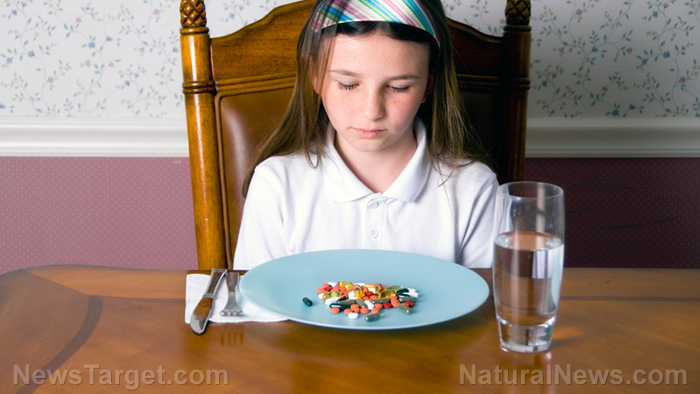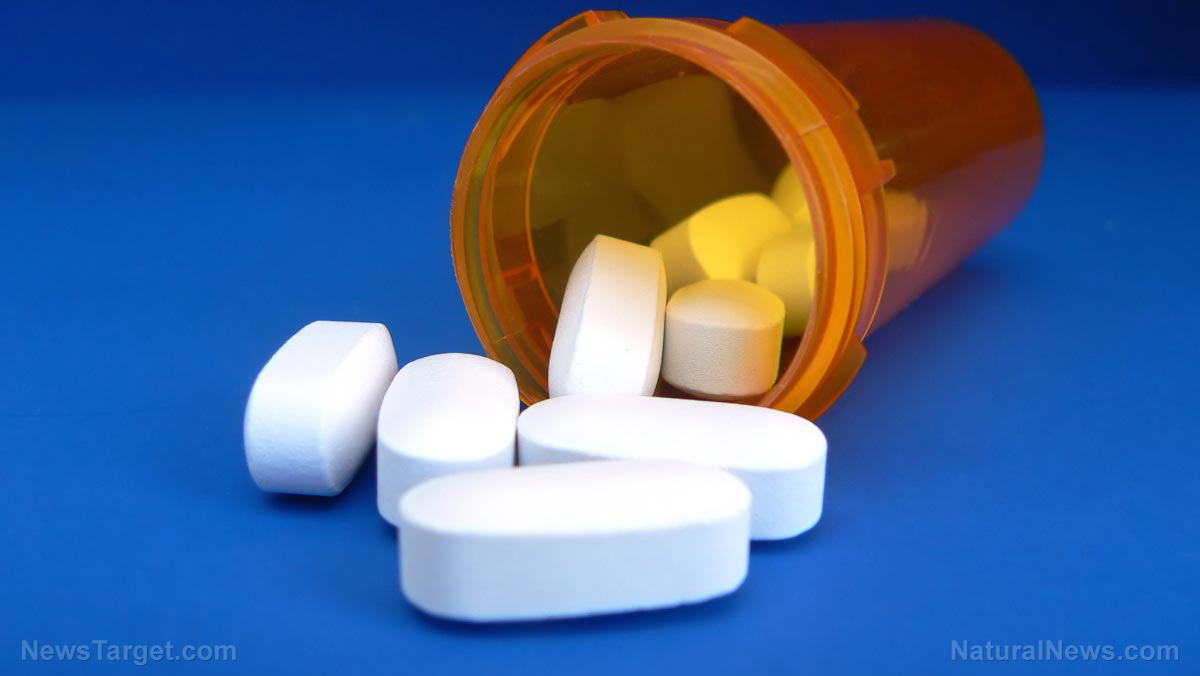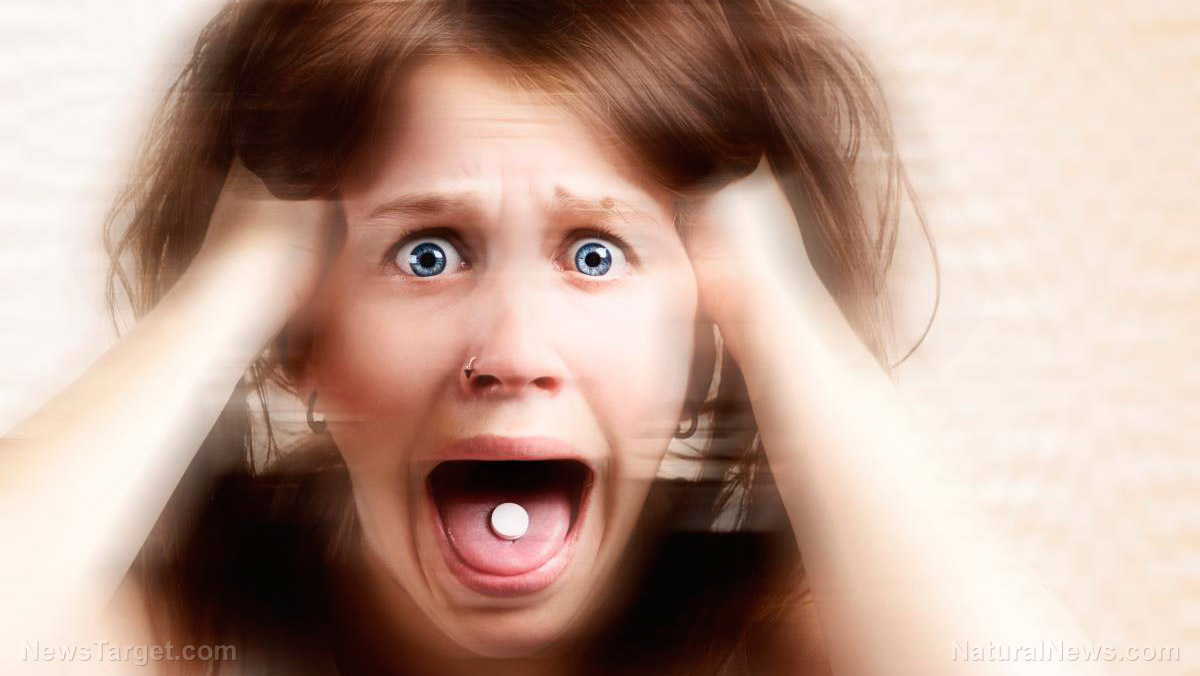
Researchers from the University of Illinois at Chicago's College of Pharmacy say that pharmaceutical drug use among minors – all prescribed by their doctors, of course – is now so out-of-control that many children are experiencing serious drug interactions that threaten to prematurely end their lives.
Dima Qato, an assistant professor at the school, investigated how children's use of multiple pharmaceutical medications can lead to a very serious health condition known as arrhythmias, which in many cases can lead to sudden cardiac arrest, and sometimes death. The disease is most prominent among young girls, Qato's research uncovered, but young boys are also at risk.
Arrhythmias are most common among young people who are prescribed long-term antidepressants, or SSRIs (selective serotonin reuptake inhibitors), alongside short-term medications like non-opioid pain pills (i.e. aspirin or ibuprofen), antibiotics, or anti-nausea drugs.
Antidepressant use among U.S. children is on the rise, it's important to note, and many of these youth also regularly take one or more of the aforementioned drugs while on SSRIs, putting them at serious risk of health complications.
"We found that about 1 in 12 kids using two or more medications together were potentially at risk for a major drug interaction," says Qato, noting that even this statistic likely falls short in capturing the true number of children who are at risk.
"We actually likely underestimate the prevalence of this problem because it's limited to prescription drugs. Many short-term medications like naproxen [such as Aleve] are available over the counter."
At least 20 percent of all U.S. children take pharmaceutical drugs
For her research, Qato looked at federal survey data on more than 23,000 children aged 19 and younger who take pharma pills. The most commonly prescribed drugs, she found, are asthma medications, antidepressants (SSRIs), and various stimulants aimed at treating attention deficit hyperactivity disorder (ADHD).
According to the data, some 7.5 percent of all children take two or more prescription medications at the same time, and about eight percent of these are at serious risk of suffering a drug interactions. All in all, 1 in 5 American kids, or 20 percent, take one or more prescription medications – the highest usage rates being teen girls at 28 percent, followed by boys aged 6-12 at 26.5 percent.
Teenage girls are the highest risk demographic for taking multiple pharmaceutical medications –three times as likely as boys, in fact. That's because girls take the most antidepressants in combination with other chemical pills like non-steroidal anti-inflammatory drugs (NSAIDs), anti-nausea medications, and asthma prescriptions.
"Extrapolating these data to the population at large, the message is that nearly 1 of every 100 children in the U.S. is potentially exposed to dangerous combinations of prescription drugs," says Dr. David Katz, director of the Yale-Griffin Prevention Research Center, a U.S. Centers for Disease Control and Prevention (CDC)-funded research facility in New Haven, Connecticut.
In Qato's view, America's "highly medicalized culture" is largely responsible for this massive increase in pharmaceutical use among children. And what makes it even worse is the fact that "other options are preferable," and readily available.
"As the opioid crisis so vividly indicates, our society relies routinely on potentially dangerous drugs for many conditions – mental and physical – better treated by other means," she says.
For more news about how antidepressants and SSRIs are destroying the minds and health of America's youth, check out SSRI.news.
Sources for this article include:
Please contact us for more information.























